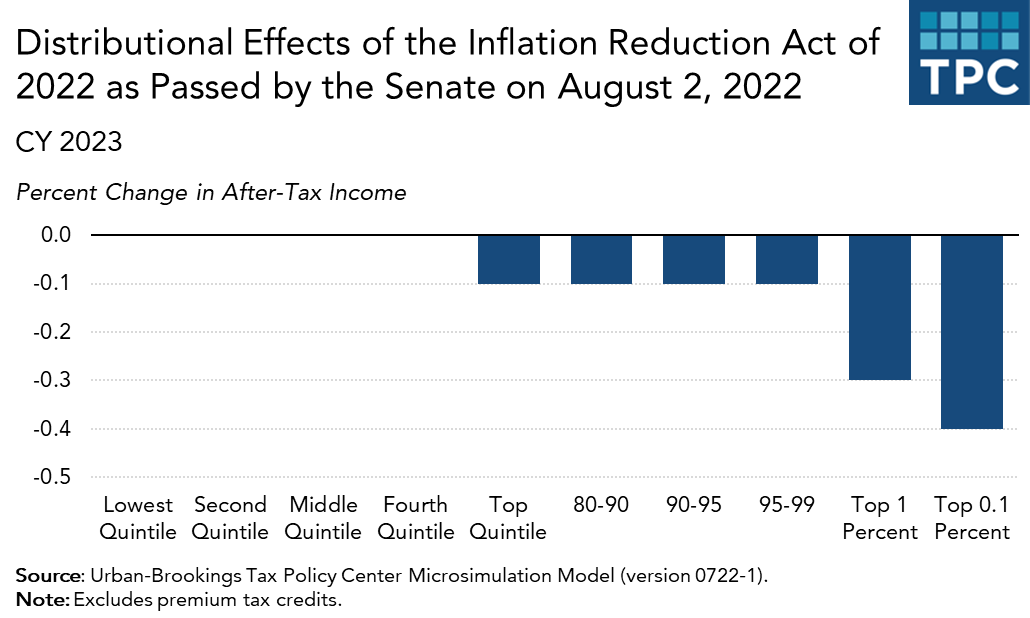Trademark infringement issues in OEM manufacturing in China | Linda Liu & Partners
[Author: Xiao’ou Yu]
With the rapid development of international trade, the use of trademarks in OEM (original equipment manufacturing) often becomes a headache for both local and foreign OEM parties. Among them, the most concerned issue is the scenario where the commissioning party is an enterprise based in country A, which owns registered trademark X in country A but does not own the registered trademark in China, and it commissions a factory in China to produce the products, affix trademark X and export them to country A. Is the act likely to constitute an infringement of the identical or similar registered trademark in China? What should be done if the goods are seized by the Customs?
With regard to whether the aforementioned OEM manufacturing constitutes trademark infringement, China’s judicial practice has gone through different stages.
In the first stage (before the year 2014), the OEM manufacturing behaviors were determined constituting trademark infringement directly based on the principle of territoriality. A typical example is the “NIKE case”.
In the second stage (2014-2019), it was held that all OEM manufacturing behaviors did not constitute trademark infringement. The typical case is the “PRETUL case” in 2014 in which the court reasoned: OEM manufacturing behaviors do not constitute trademark infringement because the products involved are not sold in the local market, the trademarks do not play a role in identifying origin of the goods in China, and the relevant acts even do not constitute use of a trademark in the sense of trademark law, let alone trademark infringement.
In the third stage (2019 to present), regarding the question of whether the use of a trademark in foreign-related OEM production infringes trademark right, the court held that it should return to the essence of trademark infringement, and fully demonstrate the use of trademarks and the infringement criteria. A typical case is the Judgement (2019) SPC Civil Retrial No. 138 by the Supreme People’s Court (hereinafter referred to as the “Honda case”), which marks a new level in defining the acts involved in OEM manufacturing.
The Honda case has gone through the first instance, second instance and retrial. The Supreme Court stated in the retrial judgment that as long as the trademark used in the manner of marking or other means has the possibility to distinguish the source of goods, it should be recognized as the “use of trademark”, and the OEM behavior in this case plays the role of identifying the source of goods in China and belongs to the use of trademark in the sense of trademark law. The possibility of whether the use will cause confusion and misunderstanding among the relevant public is also a key factor in determining the trademark infringement. According to Article 57 of the Trademark Law, “likely to cause confusion” refers to the possibility of confusion when the relevant public is exposed to the infringing goods, which does not require that the relevant public be actually exposed to the infringing goods, nor does it require that the fact of confusion has occurred. In terms of the scope of “relevant public”, in addition to the consumers of the accused infringing goods, it should also include the operators who are closely related to the marketing and sales of the infringing goods.
Regarding the specific circumstances of the Honda case, the SPC reasoned that the defendant in the case enlarged the text part of “HONDA” and reduced the text part of “KIT” on the infringing motorcycle products, which is a way that is distinguishable from the OEM commissioning party’s trademark (HONDAKIT) , and meanwhile marked the letter H and the feather device part in red, making it closely similar in appearance to the three series of trademarks “HONDA” owned by Honda Co. Ltd, therefore easy to lead to confusion and misunderstanding among the relevant public.
After the judgment of the aforementioned case came into effect, some local factories doing OEM business were taken aback, and some business operators believed that because of this case, OEM manufacturing had a higher possibility of trademark infringement, and they should avoid or be more cautious in taking such business.
This point of view, in fact, is not correct. In the Honda case, the SPC emphasized in particular that the OEM manufacturing model should not be simply determined as an exception to trademark infringement, but should be determined on a case-by-case basis. The judgment of “STAHLWERK” case which came into effect after the Honda case also demonstrated this tendency.
In the “STAHLWERK” case, the Zhejiang High People’s Court, guided by the SPC’s opinions in the Honda case, held that “neither this trade mode can be simply determined as an exception to trademark infringement, nor can the use of trademarks under this trade mode all be considered as infringement.”
In the STAHLWERK case, however, a finding of non-infringement was made with respect to the trademark use in the OEM manufacturing. The ground is that in this case, the commissioning party owns the registered trademark No. 302009021017 “STAHLWERK” in Germany and authorized the manufacturing party who fairly used the trademark “STAHLWERK” in the process of OEM production, and the accused infringing goods were eventually exported to Germany and sold in Germany. In contrast, the plaintiff, who had close business interactions with the OEM commissioning party, was aware of the trademark “STAHLWERK”, but preemptively registered the trademark in China, on that basis, filed the trademark infringement lawsuit, thereby his trademark right enforcement was unjustified and contrary to the good faith principle.
The analysis of the Honda case and the following similar cases lead to the conclusion that the definition of the OEM manufacturing is ultimately returned to the content of Article 57(1) and (2) of the Trademark Law. It is evident that the goods and the trademark should at least be identical or similar, but the core lies in whether the parties involved have fulfilled the duty of care and used the authorized trademarks fairly, and whether it is easy to confuse and mislead the public about the source of goods during the implementation of the OEM manufacturing behavior. In addition, it should also be taken into consideration that whether the Chinese right holder violated the good faith principle.
With reference to the relevant cases and the views in practice, the following factors would weigh more in the ruling of trademark infringement disputes in OEM manufacturing in view of the multiple parties involved, including the commissioning party, the processing party, the Chinese rights holders: whether the processing party has checked the rights certificate and authorization letter when accepting the commission, and whether the trademark contained in the authorization letter is consistent with the certificate? In the OEM manufacturing, is the trademark image used by the processing party consistent with the authorized trademark? Is the processing period consistent with the authorized period? Are all the products exported directly to foreign countries after production, or are there some outflows in the Chinese market? And whether the Chinese trademark right holder violated the good faith principle, abused rights, or squatted the trademark out of bad faith.
Therefore, with respect to the issue mentioned at the beginning of this article, according to the viewpoint in the Honda case, it is still possible for OEM manufacturing to be found as infringement of Chinese trademark rights. However, if it can be proved that the processing party has fulfilled the duty of care, fairly used the trademark of commissioning party, and the products are directly exported to foreign countries after production, basically it is not likely to be determined as infringement. If the goods are seized by the Customs, it is advised to adduce evidence to the customs proactively, including valid overseas right certificates, other supporting information, etc. Under such circumstance, the Customs will more likely make a decision that infringement cannot be determined. And the goods would probably be released when such a decision is made by the Customs and the Chinese right holder does not file lawsuit within the prescribed period.






